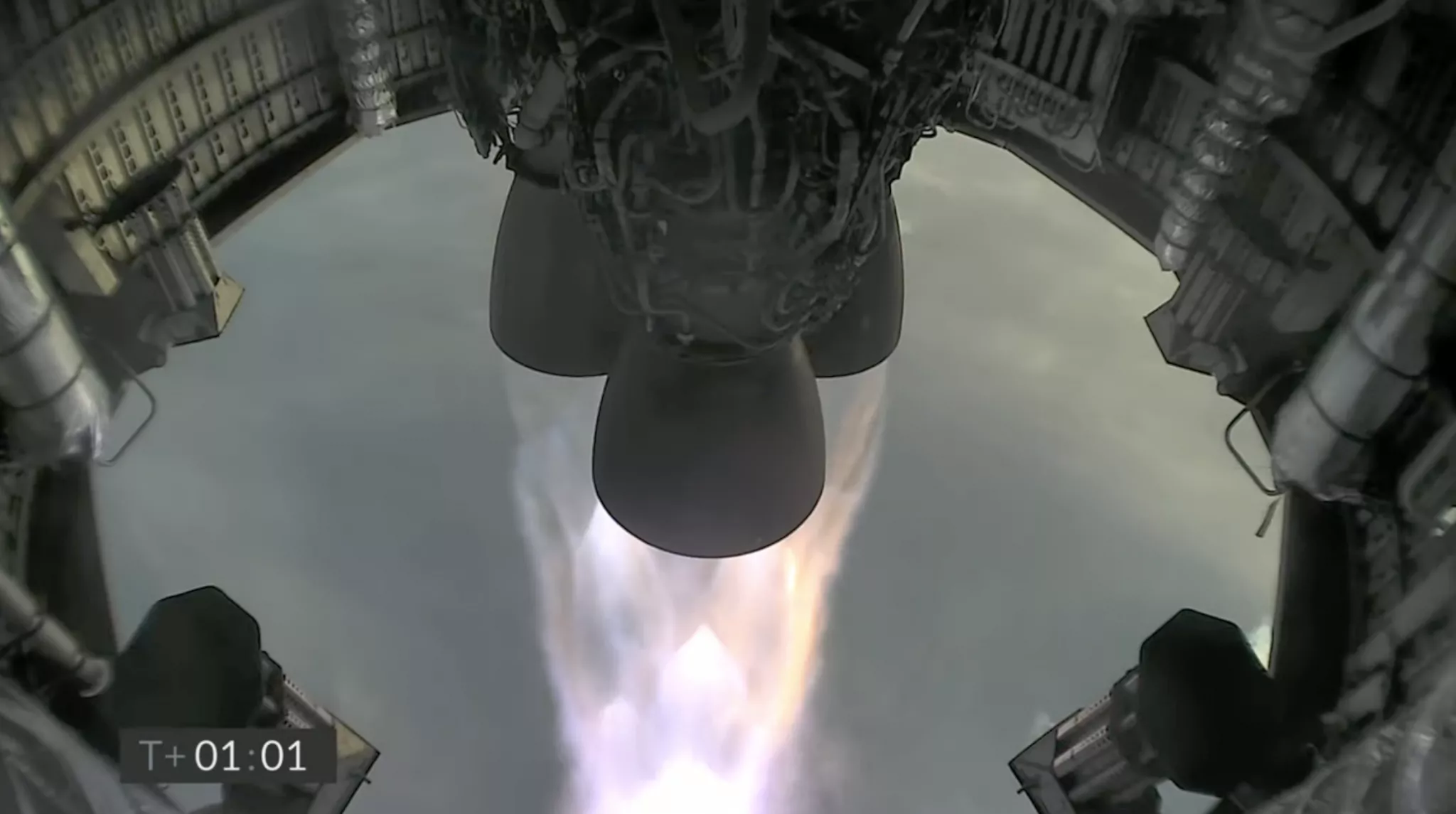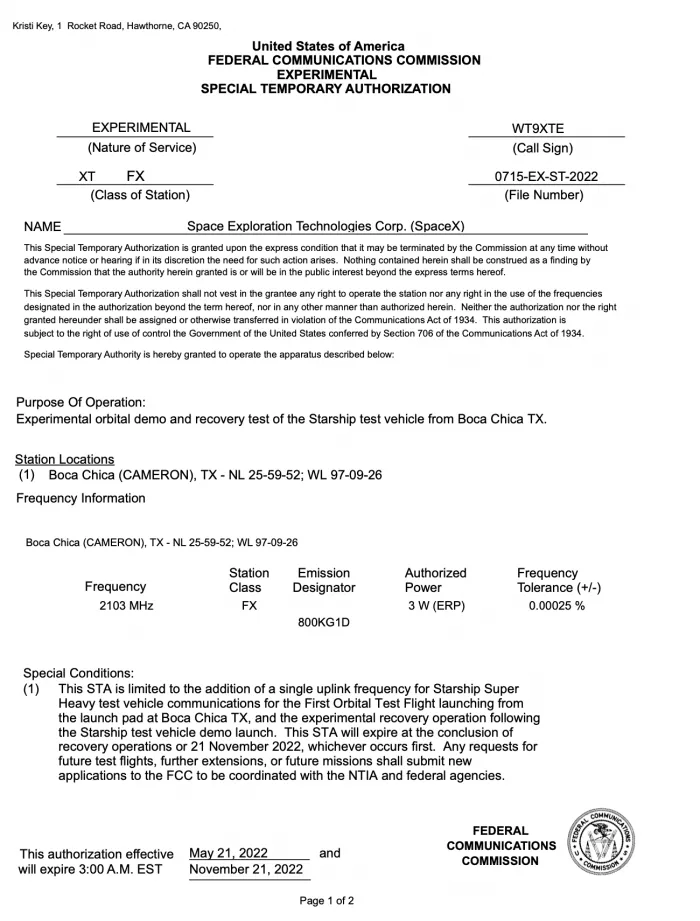About two weeks after damaging the first stage booster prototype of its starship next-generation launch vehicle platform, SpaceX has repaired the rocket and returned it to the orbital launch pad in Boca Chica, Texas. It is reported that the company is currently developing starship, which will be the largest rocket it has built so far in Texas - even though it is waiting for the FAA to complete an environmental assessment of its facilities.

At present, SpaceX is rapidly manufacturing engines and rockets to prepare in advance for the orbital test launch activities that are crucial to its future plans.
As part of its rapid testing and manufacturing activities, SpaceX is building the lower and upper stages of starship. The former is called super heavy boost, which is 230 feet high, while the latter is simply called starship. At present, the inventory reconnaissance of the company's rocket prototype by the observer photographer reporting the Texas operation found that the company has fully assembled the No. 7 booster, which went to the orbital platform for the first time in April.
After booster 7 returned, a picture showing the inside of its liquid oxygen tank began to circulate on several social media platforms. In order to generate thrust through dozens of second-generation Raptor full flow layer combustion methane fuel rocket engines, starship will use methane as its fuel and liquid oxygen as oxidant to react with the fuel.
In order to ignite and take off, both must enter the combustion chamber of the engine. However, because the tanks are stacked together, methane must flow through a pipe located in the oxygen tank, which is said to have been damaged during SpaceX's pressure test of the booster in April.

The picture shows that the pipe called "pressure reducing pipe" is responsible for transporting methane to the engine. It is flattened when it is in the oxygen tank, and the reason for this is still unclear. Given the time required for SpaceX to assemble these prototypes and the potential environmental approval close to the FAA, there are concerns that the orbital launch may be delayed.
However, adhering to its culture of rapid action, SpaceX seems to have successfully replaced the damaged parts and brought the rocket back to its launch site again. NASA spaceflight's vigilant photographer tracked booster 7 all the way. Now, the booster is waiting - naturally, it should be another test run.
These operations require SpaceX to inform the local government to close the road. The next closure is scheduled at 10 a.m. local time. At that time, the media may know more about the fate of the booster. Crucially, when the rocket returned to the apron, SpaceX was advancing another regulatory application for test flight.

In this application, SpaceX asked the FCC to allow another frequency to be added to transmit data to the Starship aircraft for orbital flight test. The application is valid for six months from the 21st of this month. The move is to enable the committee to coordinate with federal radio frequency users such as NASA and the U.S. Department of defense. Starship's launch frequency is detailed in SpaceX's submission to the FCC in 2020.
The FCC approved the addition of another frequency band to SpaceX yesterday. At the same time, the company also made progress in the pending environmental review of FAA.
As part of the review, the FAA must consult several government agencies on the environmental damage of the launch site. Four of the five independent sub reviews in boccachica, Texas, have been completed, the most recent of which is a consultation under the National Historic Preservation Act (nhpa) of 1966. Now there is only environmental assessment (EA), which is completely within the scope of the FAA. The agency currently expects the assessment to be completed by the 31st of this month. After that, SpaceX will be able to apply to the agency for launch and test licenses, both of which require separate procedures.